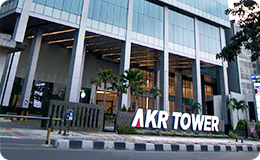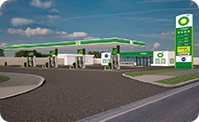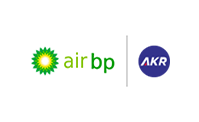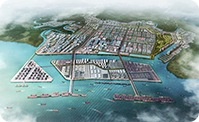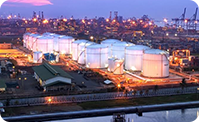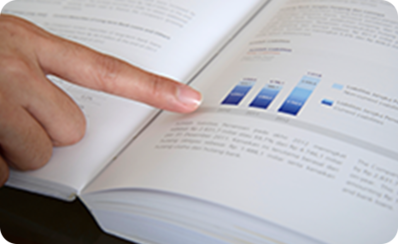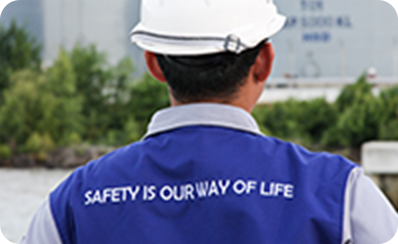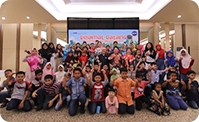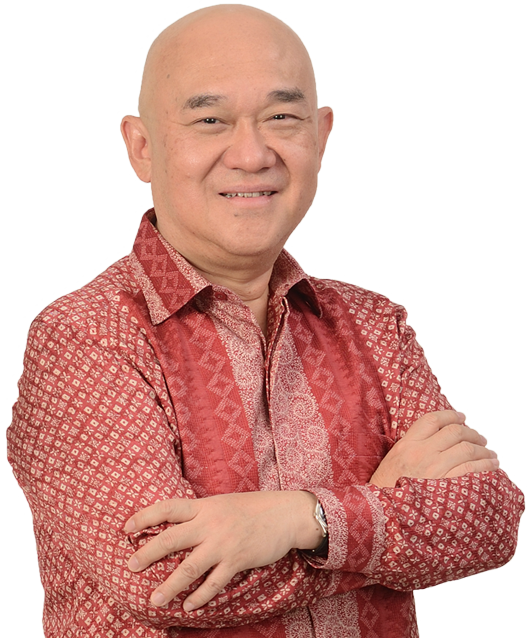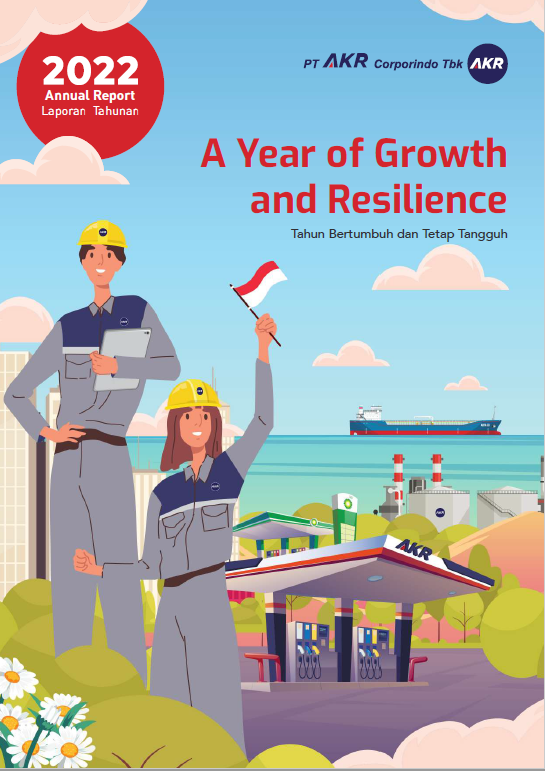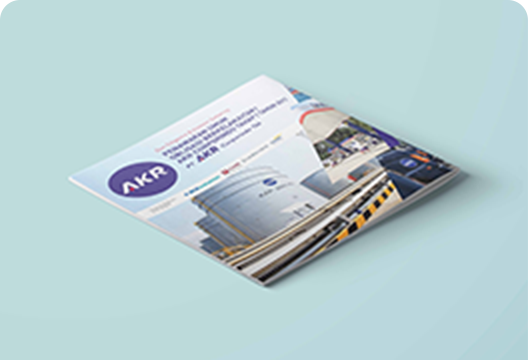Message from Our President Director
Haryanto Adikoesoemo
In the midst of economic challenges and geopolitical crises, the Board of Directors remains fully committed to provide value to all stakeholders by being disciplined in implementing business model and being prudent in finance management while also maintaining sustainability. The year of 2022 is a testament of the Company’s business resilience and success in delivering consistent and sustainable performance.
The Company recorded a very encouraging performance in 2022, and exceeded management’s expectations, which necessitated revision of the initial budget. The Company realized a 2022 net profit of Rp2,403 billion higher than revised budget, an increase of 116% above the 2021 net profit of Rp1,112 billion.
AKR consistently generated strong cash flow in 2022 with an EBITDA of Rp3,539 billion, so with good working capital management the Company could reduce overall loans. In 2022, the Company’s assets grew by 16% to Rp27,188 billion, and equity increased to Rp13,155 billion from Rp11,299 billion in 2021. The Company’s return on assets (ROA) and return on equity (ROE) also increased to 8.8% and 21.9% respectively, indicating that the Company’s ability to generate profits is improving. The Company is now in a net cash position and has received a rating upgrade from a leading rating agency, PEFINDO Indonesia, who upgraded the Corporate and Corporate Bonds ratings to id AA with a stable outlook..
In addition to financial achievements, the Company also places Environmental, Social, and Governance (ESG) as its main concerns.The Company’s ESG performance is increasingly showing good improvements. The Company’s risk score based on Sustainalytics decreased from 26.7 in 2021 to 25.6 in 2022 where a lower score indicates a lower ESG risk. This result brought the Company into the main ESG indices on the stock exchange, and it is now recognized as one of the ESG star listed companies.
→ Continue Reading

